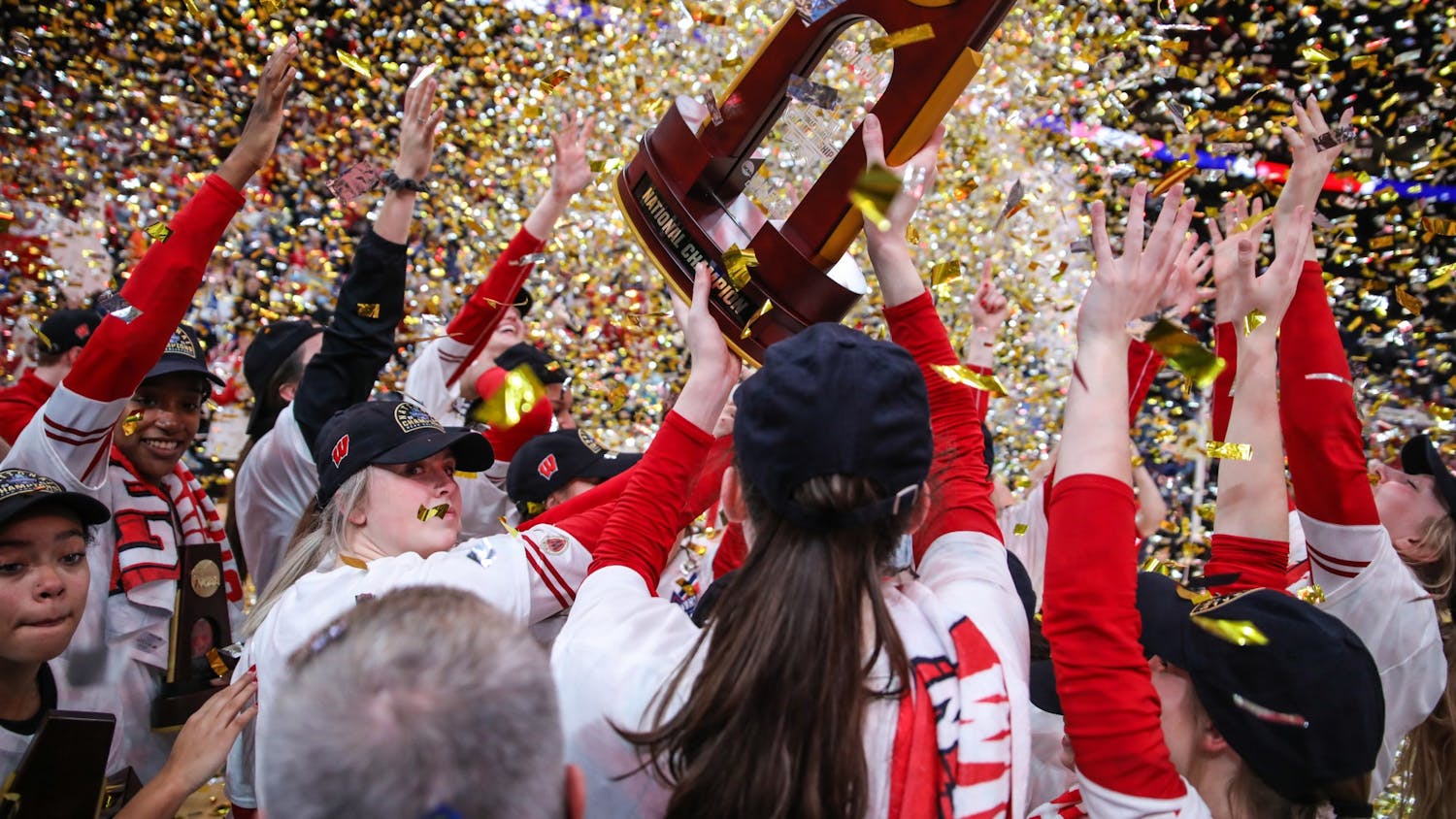When the Big Ten announced a postponement of fall sports on Aug. 11, it was hard to muster any kind of optimism for the prospects of a 2020 football season. But, seemingly against all odds, the conference announced today that a season will be played after all, with kickoff taking place on October 23 and 24.
The Presidents and Chancellors of the member schools voted unanimously on Tuesday to return to play after a set of presentations were made by the conference’s “return to competition” task force, who assured the administrators that a football season could be played safely.
Each team will play eight conference games, six of which will be against divisional opponents. After the conclusion of the eight game regular season, every team will play a ninth game against a cross-divisional opponent during championship week, with matchups determined by seeding. For instance, if Nebraska were to finish seventh in the West and Rutgers were to finish seventh in the East, the two teams would play each other, and so on and so forth. The winners of each division would then play each other in the Big Ten Championship.
The conference championship game is scheduled for Dec. 19, a day before the selections for the College Football playoff.
The full schedule will be released later on this week. Wisconsin will play four games at home, but no fans will be allowed at Camp Randall nor any other Big Ten venue.
The decision to return to play was widely influenced by the increased testing capacity that has recently become available to athletic departments. Every Big Ten school will test their players and staff daily using rapid diagnostic testing, and every positive diagnostic test must be confirmed by the more reliable, albeit slower, PCR test.
Any player that tests positive cannot return to competition for a minimum of three weeks, and any program with a one-time positivity rate of 5 percent or a population positivity rate of 7.5 percent will be forced to suspend practice and competition for seven days.
In addition to testing, each Big Ten school will have access to cardiac MRIs to test for myocarditis, an inflammation of the heart muscle that can be caused by COVID-19. Earlier reports on the prevalence of myocarditis in COVID patients helped influence the conference’s decision to cancel in August.
“Everyone associated with the Big Ten should be very proud of the groundbreaking steps that are now being taken to protect the health and safety of student-athletes and surrounding communities,” said Dr. Jim Borchers (via ESPN), the head team physician at Ohio State and co-chair of the Big Ten’s return to competition task force. Borchers was influential in convincing the Presidents/Chancellors that a fall 2020 season was viable and safe, according to Nicole Auerbach of the Athletic.
Wisconsin Athletic Director Barry Alvarez was one of the key figures involved in the discussion about the viability of a football season, and he approved of the decision made by the conference’s presidents and chancellors.
“There were too many questions initially … so as we progressed the doctors came up with more and more answers, and in the end, they answered all the questions the presidents and chancellors had,” Alvarez told members of the media.
Answers to those medical questions are paramount for the Badgers, who have already seen 42 players and staff test positive for COVID-19, according to the Dane County Public Health Record. It is not known as of now when those individuals tested positive, or if there are any players or staff currently infected with the disease.
Wisconsin suspended football practice for two weeks on Sept. 10 after a wave of infections in Madison forced the school to impose tighter restrictions on residents and move all classes online.
Despite those setbacks, Alvarez was optimistic about the team’s prospects on the field this season, and asserted that “[Wisconsin football is] in a good place right now, in terms of where we are conditioning wise… this is a real good looking football team.”
Wisconsin will have a leg up on some of their biggest Big Ten competitors, as the program has been one of the few that hasn’t seen at least one player opt out. Penn State EDGE Micah Parsons, Ohio State’s OG Wyatt Davis and CB Shaun Wade, Michigan QB Dylan McCaffery, Minnesota WR Rashod Bateman, and Purdue WR Rondale Moore have all opted out of this year’s season, although Wade, Davis, and Moore haven’t signed with an agent and can theoretically opt back in.
Many Wisconsin players took to social media to express their excitement and gratitude for the chance to play in 2020. Safety Eric Burrell tweeted out “What a Beautiful Feeling” and Quarterback Graham Mertz tweeted out “Go Time” in response to the news.






